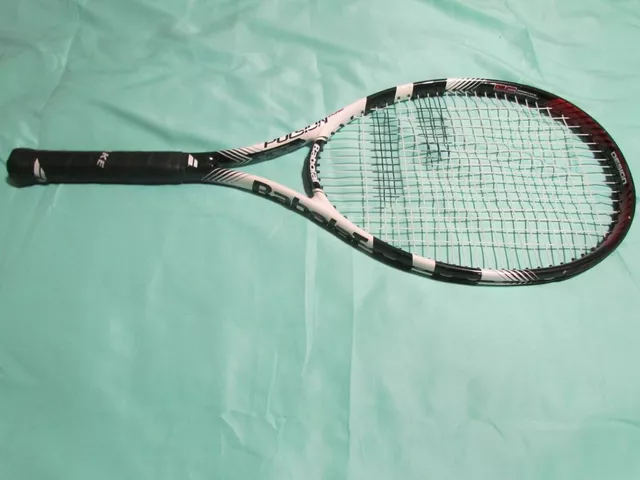Is two-piece stringing bad for your tennis racquet?

Understanding Two-Piece Stringing
As a tennis enthusiast, it's essential to understand the different types of stringing methods for your tennis racquet. Two-piece stringing is one such method that has garnered a lot of attention and discussion. With two-piece stringing, the mains and crosses of the racquet are strung separately. This method can offer different benefits and drawbacks depending on your playing style and the type of racquet you use.
How Two-Piece Stringing Works
Two-piece stringing involves stringing the mains first, tying them off, then starting the crosses at the throat with a new piece of string. This method allows for more flexibility and customization in the tension of the strings. Depending on how you like your strings to feel, you can adjust the tension of the mains and crosses separately, providing a personalized playing experience.
The Advantages of Two-Piece Stringing
One of the key benefits of two-piece stringing is the ability to use two different types of strings for the mains and crosses. This can enhance your game by allowing you to create a hybrid setup that combines the benefits of two different types of strings. For instance, you can use a durable string for the mains and a softer, more responsive string for the crosses.
The Disadvantages of Two-Piece Stringing
While two-piece stringing can offer many advantages, it also has its fair share of disadvantages. The main one is that it can be more time-consuming and complicated than one-piece stringing. It requires a higher degree of skill and precision, which can be a challenge for beginners. Additionally, two-piece stringing can put more stress on certain parts of the racquet, potentially leading to premature wear and tear.
Is Two-Piece Stringing Bad for Your Racquet?
The question of whether two-piece stringing is bad for your racquet is a complex one. The answer largely depends on your specific circumstances, such as your playing style, the type of racquet you use, and your personal preferences. While two-piece stringing can put more stress on certain parts of the racquet, this doesn't necessarily mean it's bad for your racquet. With proper care and maintenance, you can mitigate the potential negative impacts of two-piece stringing.
Making the Right Choice for Your Racquet
Deciding between one-piece and two-piece stringing is a personal decision that should be based on your individual needs and preferences. If you value customization and are willing to put in the extra time and effort, two-piece stringing could be a good choice for you. However, if you prefer simplicity and ease of use, one-piece stringing might be a better fit.
Conclusion: The Verdict on Two-Piece Stringing
In conclusion, two-piece stringing is not inherently bad for your tennis racquet. Like any tool or technique, it has its pros and cons, and what works best will depend on the individual player. It's all about finding the right balance that suits your playing style and preferences. So, experiment with both, and see what works best for you!
